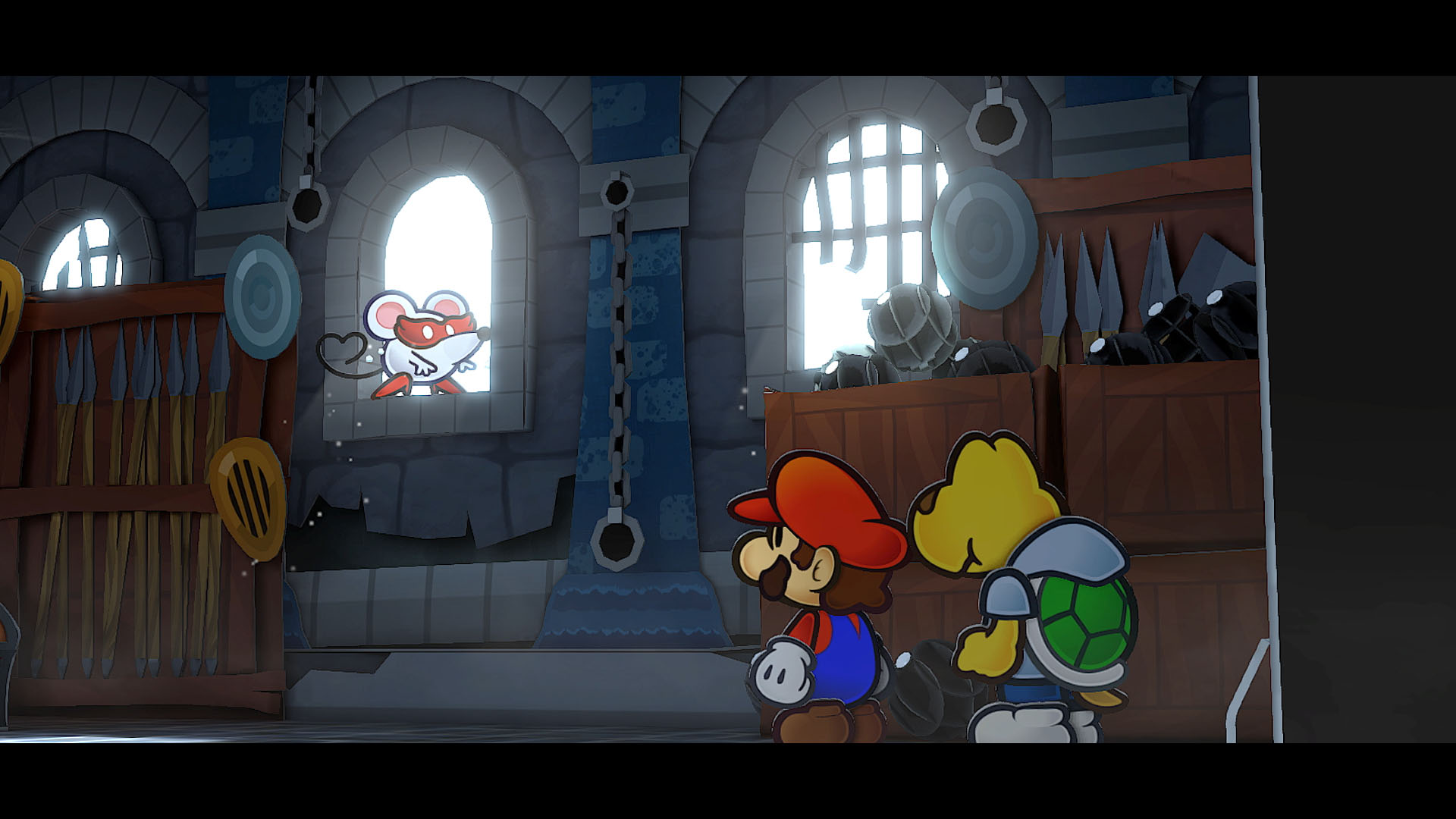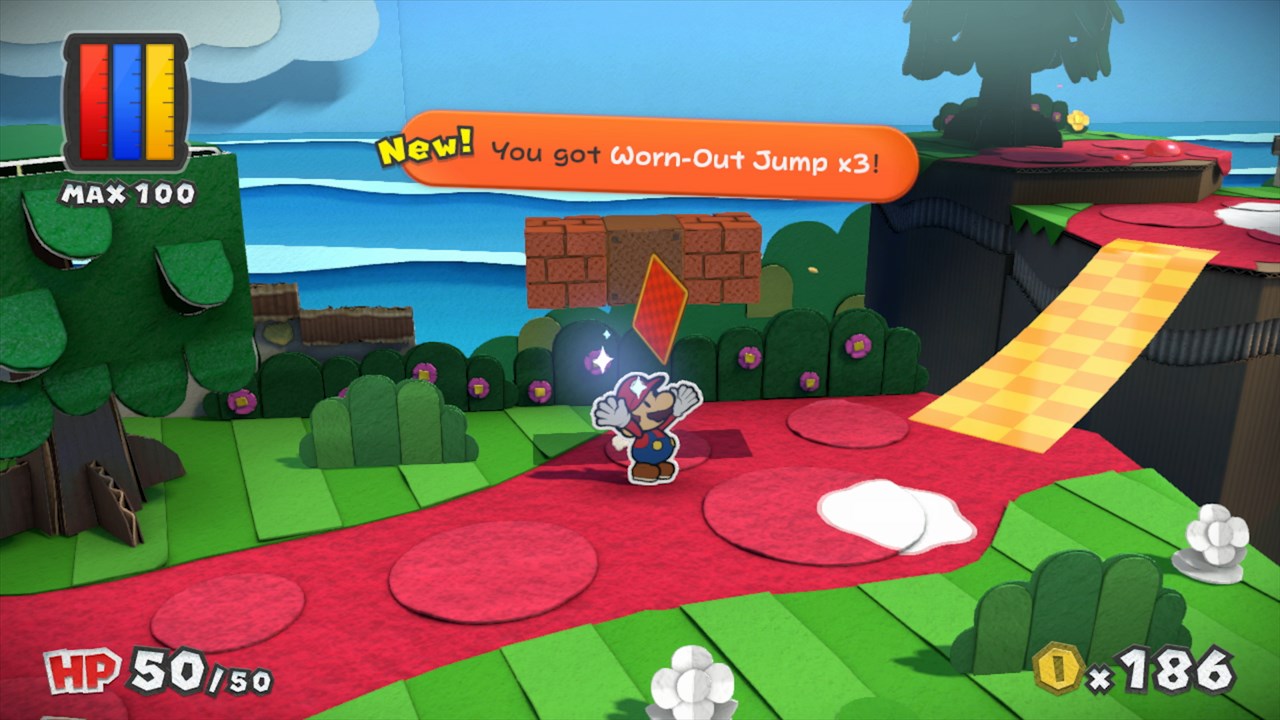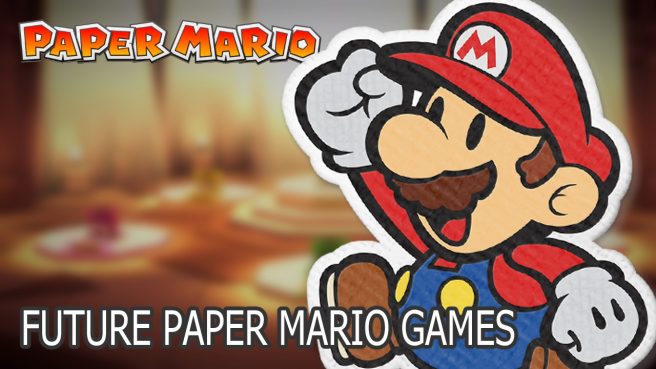3 things we want to see in the next Paper Mario game
It’s no secret that the Paper Mario series took a steep downhill tumble when Sticker Star first released in 2012. In many ways, it was almost not a Paper Mario game at all. The franchise is known for its story, unique characters, and RPG mechanics – and starting with Sticker Star in 2012, the series lost just about all of those things. Paper Mario: Color Splash was then released in 2016, and while it retained many of Sticker Star’s questionable-at-best design decisions, it was a much better game overall. Then we got Paper Mario: The Origami King in 2020, which actually introduced more than one original character for the first time in years. To everyone’s surprise, the next Paper Mario game was a remake of The Thousand-Year Door, with no original characters cut in any way. Between this and the revival of Super Mario RPG, things are looking better for the Paper Mario series. But what could we expect out of a future game in the series?
Original characters

To many, this is the most important part of Paper Mario (aside from maybe the battle mechanics, which we’ll get to soon). Starting with Sticker Star, original characters were almost completely scrubbed out of the Paper Mario series. Instead, we get a partner character who is introduced at the beginning of the story and is responsible for the game’s new gimmicks. Sticker Star introduces Kersti, who is responsible for Paperization (and is also infamous for being generally unlikable). Color Splash introduces Huey, who is responsible for Cutout even though he’s a paint can and not a pair of scissors. The Origami King then introduces Olivia, who is responsible for the 1,000-Fold Arms gimmick. Other than these little partner characters, there are no real original characters in Sticker Star, Color Splash, or The Origami King. The other NPCs are mostly different-colored Toads, and sometimes things like Koopas, Shy Guys, or Wigglers, depending on the game.
Interestingly enough, after Sticker Star, the franchise wasn’t even fully comfortable introducing partner characters to the canon. At the end of each game, the partner leaves Mario forever (or worse) and is never seen again, so things go back to the “status quo”. It’s kind of a shame, because Huey and Olivia are generally rather well-liked, but by the end of their respective games they are no longer a part of the Paper Mario canon for various story reasons. Compare this character philosophy to The Thousand-Year Door, which introduces all sorts of original characters who are not forcibly removed from the story at the end of the game. Paper Mario games have an easier time carving their own identity when they introduce original characters, and that’s something we’d love to see brought back for good in the next new entry.
A “normal” battle system

Like we mentioned, Paper Mario: The Origami King was really close to being a good classic Paper Mario game. It’s definitely still a good game, but the battle system does wear thin after a while. If you didn’t know this already, Origami King’s battle system is a ring, and you have to line enemies up all in the same row by spinning certain parts of the ring. You have a time limit to do this, so you will need to figure out the optimal ring lineup within that time frame before attacking with your typical jump or hammer. Both of those attacks can also be upgraded, but for some reason the upgraded versions have a durability mechanic that comes into play. While the ring system is a neat idea at first, it soon starts becoming tiresome. The whole “organization” gimmick wears thin, and often makes you wonder why you can’t just directly target an enemy with a jump or hammer attack.
Sticker Star and Color Splash focus heavily on expendable items – every attack you can use comes in the form of a sticker or card that is used up for good afterward. You can get more from shops, but when the only real reward for battles is coins, fighting random encounter enemies feels kind of pointless. Though Color Splash is considered a better game than Sticker Star, its use of expendable attacks is arguably more egregious. Some of the attack cards in your inventory will be unpainted, and you must choose how much paint to put on a card to increase its attack power. Paint is another separate expendable resource, and you can run out of a specific color and be unable to color in cards that would need a certain color. This means you need to actually have the card in order to attack in Color Splash, and then you need to have enough paint to make it worth using. That’s a lot of resources for a single jump attack!
We’d definitely like to see a return to experience points and leveling up in the future. This, by extension, means the return of FP and BP as recurring stats as well. The choice of which stat to increase gives players a decent degree on flexibility – do you want to increase your max HP to live longer, or would you rather increase your FP or BP to become more powerful instead? This choice is lost in a Paper Mario game without experience points. Plus, Paper Mario games do tend to include a good amount of random enemies that will chase you down, and we’d like taking our time to defeat them to feel a bit more impactful in the long run. Coins aren’t enough of a reward on their own.
Good writing

If “good writing” means “story”, then Paper Mario definitely started going downhill for Sticker Star. Whereas The Thousand-Year Door and Super Paper Mario included fairly involved storylines with tons of unique characters, Sticker Star sort of streamlined that into Bowser being the main villain again. In that game, Bowser was not only the main villain, but a completely silent one at that – so none of his personality wound up showing at any point in the game. In a similar vein, Bowser winds up possessed by Black Paint in Color Splash, and he is absent for most of the story. When he does appear, his dialogue is rather generic villain lines. When Mario saves Bowser from the Black Paint at the end of the game, Bowser does at least have a few lines as himself. The Origami King’s villain is an entirely new character, so Bowser is able to participate in the story. We’d like to continue The Origami King’s decision to use an original character as the game’s main villain. In the context of Paper Mario games, Bowser works best as sort of a side character – a powerful force to be reckoned with, but not the main driving force behind the game’s events.
If “good writing” means “well-written dialogue” instead, then the Paper Mario series actually never really fell off of that. Sticker Star may still have the worst writing in the series, but Color Splash and The Origami King have top-notch writing – especially given that all the NPCs are Toads, which isn’t much to work with. Color Splash, in particular, almost always finds a way to naturally insert humor into its plot situations. There are plenty of screenshot-worthy lines from NPCs in the most unexpected places. It’s a shame that Color Splash will most likely never find its way off the Wii U – but if we had gotten a Color Splash port instead of a Thousand-Year Door remake, the Paper Mario series would undoubtedly be in a worse state. We’re happy with what we got!
Overall, there are plenty of things that make the Paper Mario series special. We chose not to include things like the art style or music here because every Paper Mario got those right (at least in our opinion). Its developers definitely know how to put together an excellent presentation for their games, and the recent Thousand-Year Door remake is a clear example of this.
What’s most important in a Paper Mario game to you? Is it the characters, the story, the gameplay, or does it need all of that? Feel free to let everyone know in the comments down below. We’re probably four years out for another Paper Mario game, given that one has released exactly every four years for a really long time. So there’s plenty of time to throw ideas around!
In the meantime, both Paper Mario: The Origami King and Paper Mario: The Thousand-Year Door are available now for Switch.
